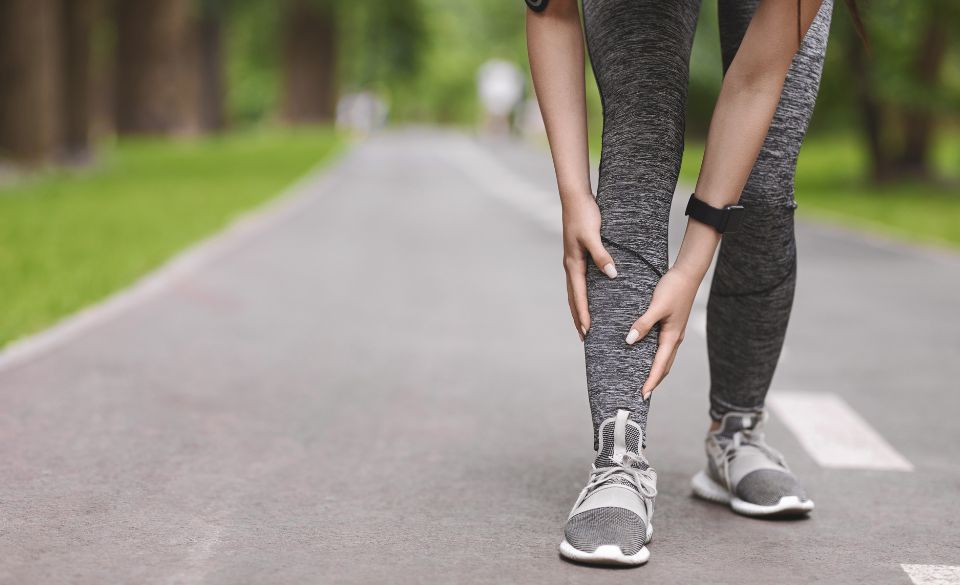
Best Shin Splint Exercises for Runners
Page Contents
As a runner, you know how exhilarating and invigorating it feels to hit the pavement and experience the freedom of movement. However, one common issue that can dampen the joy of running is shin splints. Shin splints are characterized by pain along the front of the lower leg, and they can be a real nuisance for both beginner and seasoned runners alike. The good news is that there are effective exercises that can help alleviate shin splint pain and get you back on track. In this article, we will explore some of the best shin splint exercises backed by scientific studies.
1. Calf Raises
Calf raises are a fantastic exercise for strengthening the calf muscles, which play a crucial role in absorbing shock while running. To perform calf raises, stand on a step or a sturdy platform with your heels hanging off the edge. Slowly raise your heels as high as you can, and then lower them back down. Aim for three sets of 15 to 20 repetitions. A study published in the Journal of Athletic Training found that incorporating calf raises into your routine can reduce pain associated with shin splints and improve overall muscle strength in the lower leg.
2. Toe Taps
Toe taps are another effective exercise that targets the muscles in the front of your lower leg. To do this exercise, sit on the edge of a chair or bench with your feet flat on the ground. Lift your toes upward, as if you were trying to touch them to the top of your shoe, and then lower them back down. Repeat this movement for three sets of 15 to 20 repetitions. A study published in the International Journal of Sports Physical Therapy showed that toe taps can significantly improve pain and function in individuals with shin splints.
3. Ankle Alphabet
The ankle alphabet exercise is a great way to improve mobility and strengthen the muscles around your ankle joint. To perform this exercise, sit on the ground with your legs extended in front of you. Imagine that your big toe is a pen and use your foot and ankle to “write” the alphabet in the air. Repeat this exercise two to three times a day, aiming to complete the full alphabet each time. Research published in the Clinical Journal of Sport Medicine highlighted the positive effects of ankle alphabet exercises on reducing pain and improving function in individuals with shin splints.
4. Eccentric Heel Drops
Eccentric heel drops are a powerful exercise for strengthening the muscles in your shins and calves. Stand on the edge of a step with your heels hanging off. Slowly raise both heels as high as you can, and then lower your affected leg’s heel below the step’s level, allowing your toes to point upward. Use your other leg to push back up to the starting position. Aim for three sets of 10 to 15 repetitions on each leg. A study published in the British Journal of Sports Medicine found that eccentric heel drops were effective in reducing pain and improving function in runners with shin splints.
5. Shin Splint Stretches
In addition to strengthening exercises, incorporating stretches into your routine can help alleviate shin splint pain and improve flexibility. Here are a few stretches that target the muscles in the lower leg:
Toe Flexor Stretch: Sit on the ground with your legs extended in front of you. Loop a towel or resistance band around the ball of your foot and gently pull your toes toward you, feeling a stretch in the bottom of your foot and along the shin. Hold the stretch for 30 seconds on each leg, repeating two to three times.
Calf Stretch: Stand facing a wall with your hands placed against it at shoulder height. Step one leg back, keeping it straight, and press your heel into the ground. You should feel a stretch in your calf. Hold for 30 seconds on each leg, repeating two to three times.
Ankle Dorsiflexion Stretch: Sit on the ground with your legs extended in front of you. Loop a towel or resistance band around the ball of your foot and gently pull your toes toward you, flexing your ankle upward. Hold the stretch for 30 seconds on each leg, repeating two to three times.
Stretching before and after your runs can help improve flexibility, reduce muscle tightness, and prevent shin splints. Remember to perform stretches in a controlled and pain-free manner, and avoid bouncing or jerking movements.
6. Gait Analysis and Shoe Selection
In some cases, shin splints may be caused by improper running mechanics or inadequate footwear. Consulting with a running specialist or physical therapist for a gait analysis can help identify any biomechanical issues that may contribute to shin splints. They can provide valuable insights and recommend exercises and corrective techniques specific to your running form.
Furthermore, choosing the right pair of running shoes is essential for preventing shin splints. Look for shoes that provide adequate cushioning and support, specifically designed for running. Consider getting fitted at a specialty running store, where knowledgeable staff can assess your foot type, arch, and gait pattern to recommend the most suitable shoe for you.
Final Words
Shin splints can be a frustrating setback for runners, but with the right approach, they can be effectively managed and prevented. Incorporating a combination of strengthening exercises, stretches, gait analysis, and proper shoe selection can significantly reduce the risk of developing shin splints and alleviate existing pain. Remember to listen to your body, start slowly, and gradually increase the intensity and duration of exercises. If pain persists or worsens, seek guidance from a healthcare professional.



